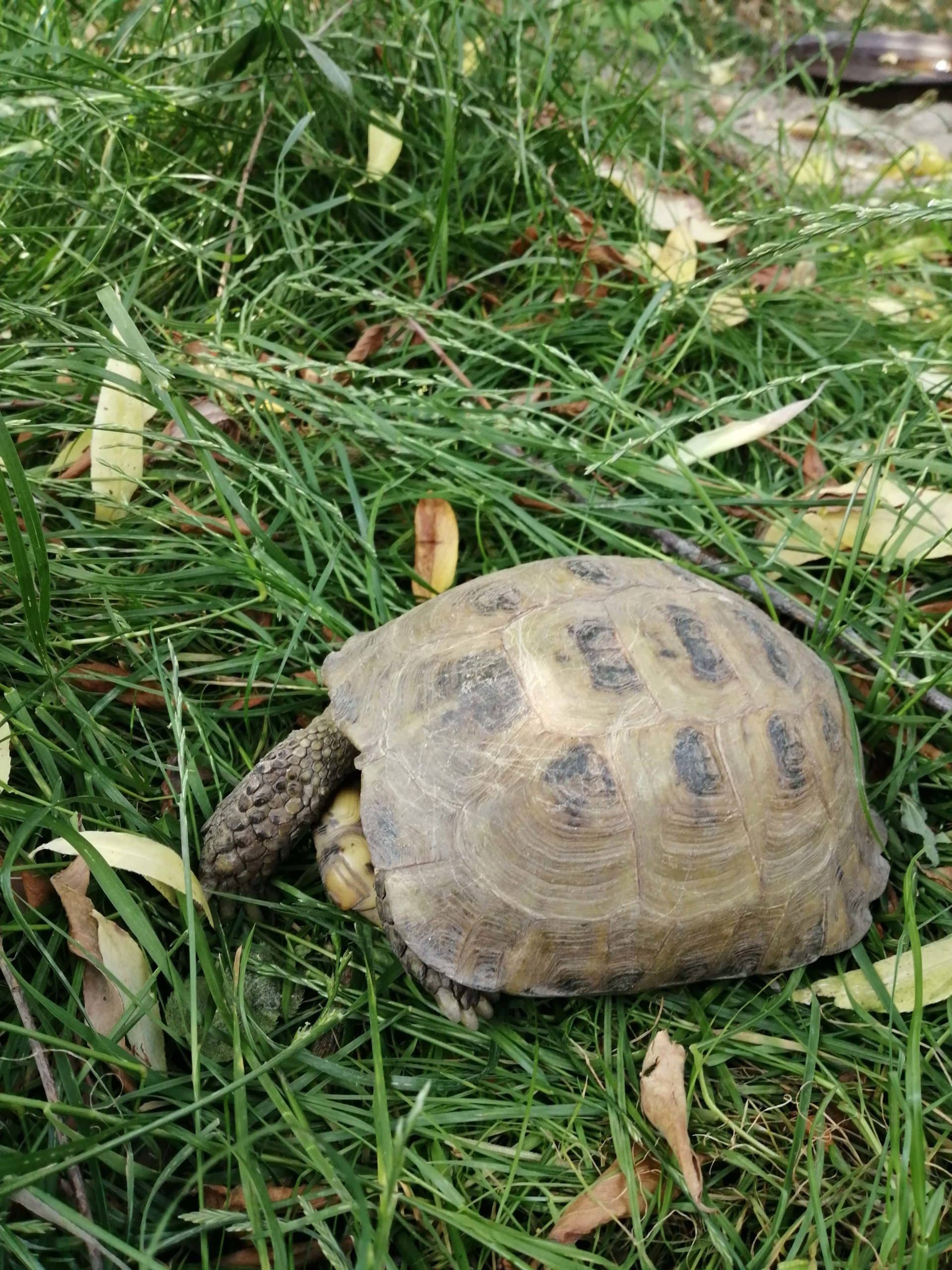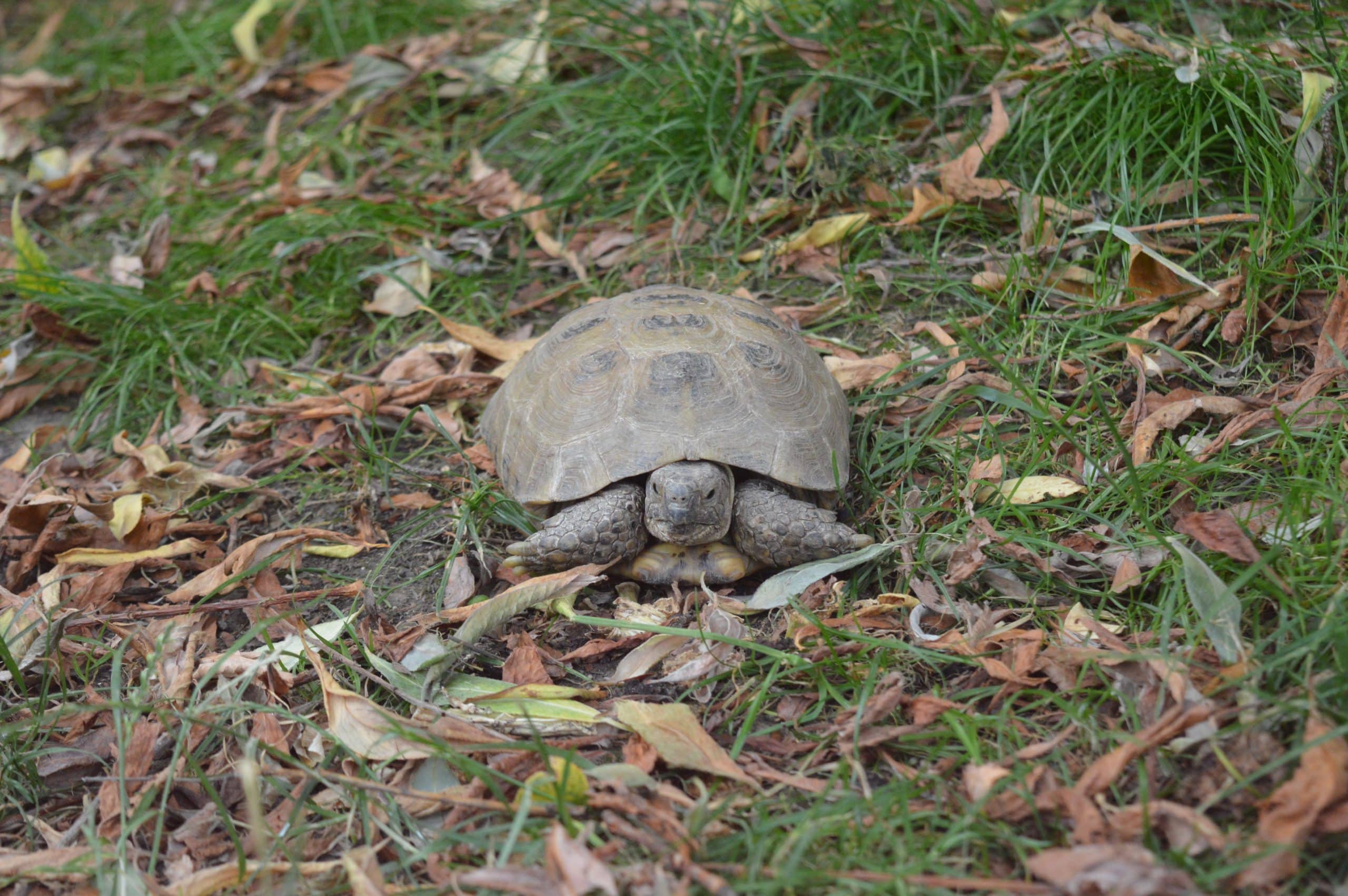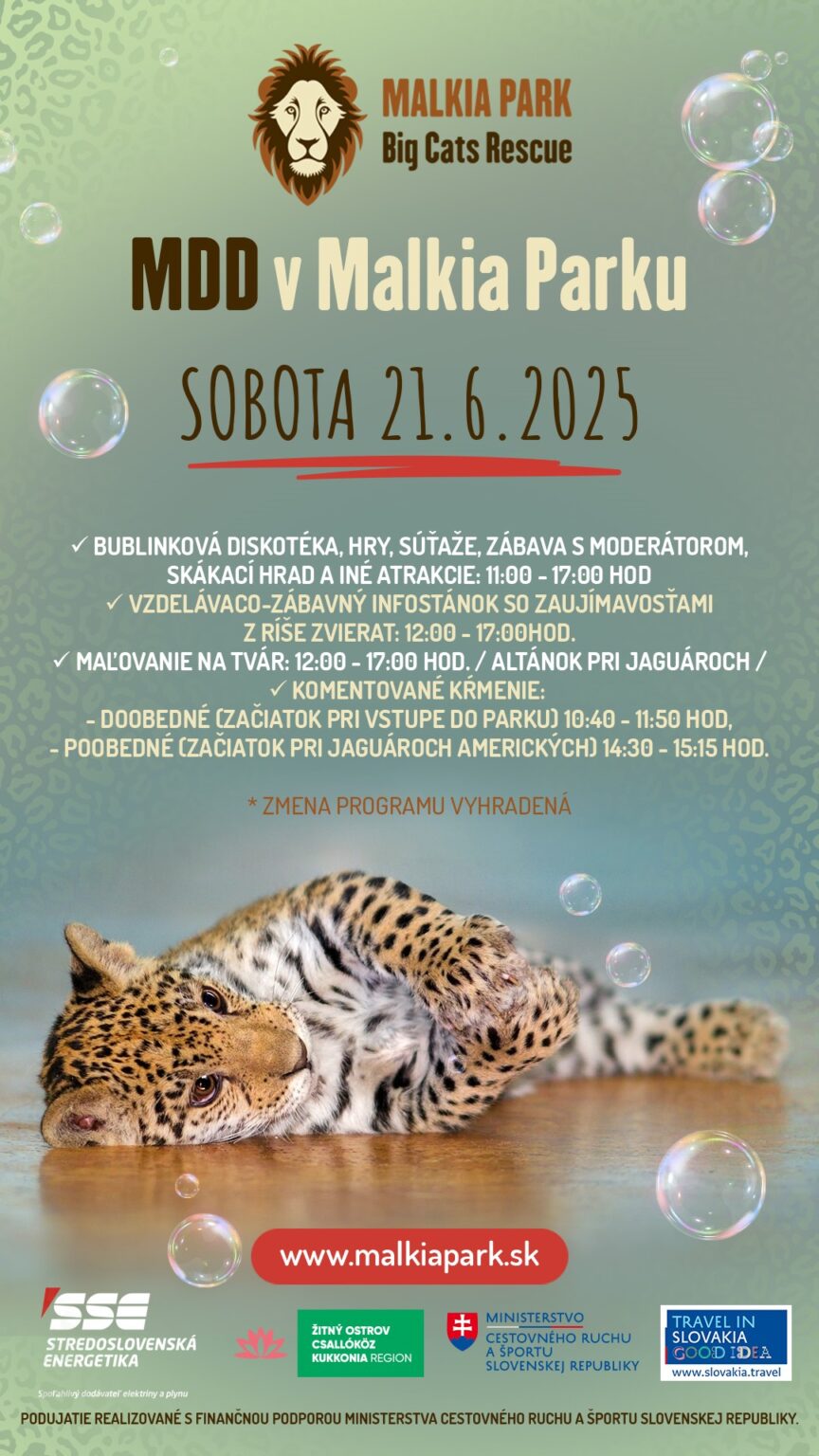It is characterised by a rounded and flattened sand-coloured carapace on the top with distinctive black markings. It is also specific in the number of toes. It has only four fingers, which are grown together up to the claws. Sexual dimorphism is visible in size – the female is larger than the male – and in tail length – the female has a shorter tail.
It is the hardiest species of tortoise also found in Russia on the Volga. Mountains and deserts, open steppes with rocky and dry clay to sandy soil and sparse vegetation are natural for it. It likes sunny places with occasional shade, hates damp and cold.
It is active especially during the day, it is very lively, it likes to dig and climb. Males are aggressive even towards males of other species, even though they are almost three times their size.
The male courts the female before mating. The female buries the eggs. Sometimes the young spend winter in the nest and do not come out until the following spring.
Growth is slow in this tortoise. While they become sexually mature at age 10, they are considered adults between the ages of 20 and 30.
It can dig underground tunnels up to 12 metres long.
Its meat is used to make turtle soup, which is considered a delicacy in France.





